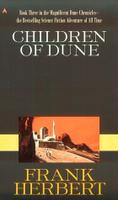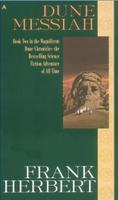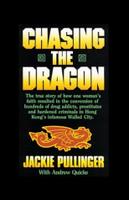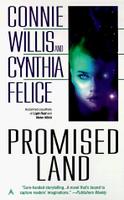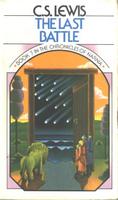The continuing story of the planet Dune and Paul Muad'Dib follows the story of Paul's children, Leto and Ghanima. Like Alia, who is now ruling Dune and Paul's empire, these two were pre-born because of the spice their mother took while she was carrying them. While they are still quite young children, they possess great wisdom and experience because of the spice-- and sometimes it is a little hard to believe, or imagine, children saying and doing the things these two do.
I've been intrigued with this book ever since I saw the SciFi channel's "Children of Dune". I completely understand why they chose to go with teenagers, instead of children, for the roles of Paul and Ghanima-- it is hard to imagine or believe them, just when reading the book; I can imagine it would be much more difficult to find child actors who could carry the roles, and make something so strange believable.
When Alia was first born, there were some who considered her an "abomination"; in this book we get to see what they were afraid of. It is a clever way for Herbert to be able to bring back the disturbing Baron Harkonnen, and it is also interesting to view Alia's derangement from the point of view of Leto and Ghanima, who are careful lest the same thing happen to them.
Leto's choice-- to follow what he sees as "the golden path"-- is a fascinating one. In this book, he claims that Paul saw that choice and didn't want to take it; this makes me feel that Herbert has been revising and inventing things as he goes, because I certainly never got a sense of it when I read Dune. It is fascinating to think that the only way to rule a human empire with justice and preserve peace and stability is to become not-human. And that idea alone makes me quite interested in reading the sequels at some point, to see how Herbert plays this idea out-- although after reading Dune Messiah and this book, I was ready for a break from the world of Dune for a while.
| Title: | Children of Dune |
|---|---|
| Author: | Frank Herbert |
| Date published: | 1976 |
| Genre: | Science Fiction |
| Series: | Dune Chronicles |
| Number of pages: | 408 |


